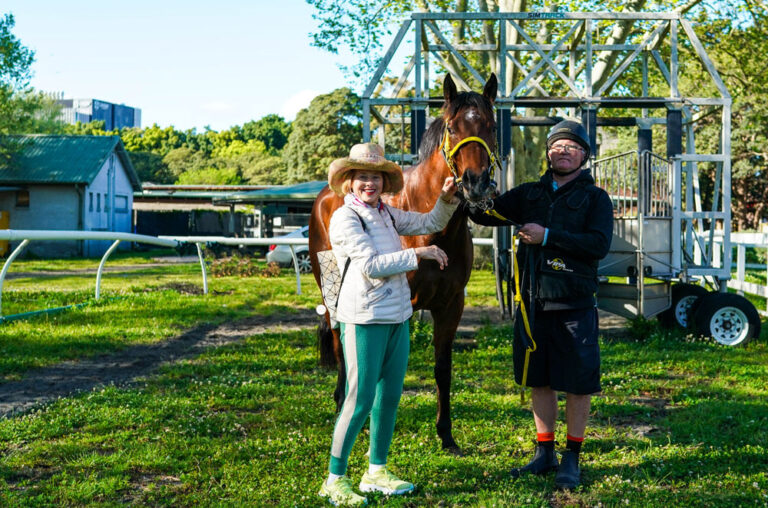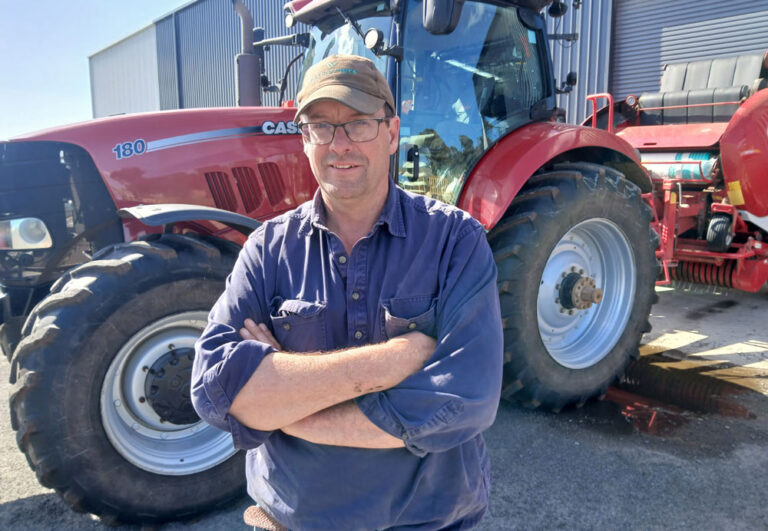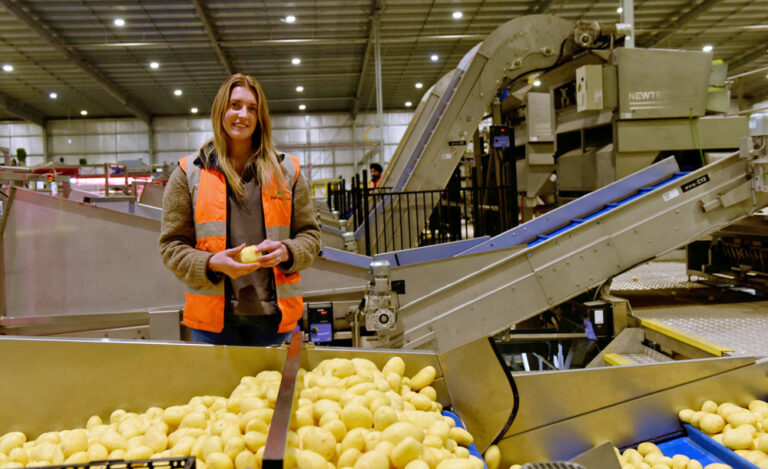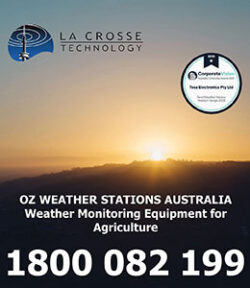The first Bioenergy feedstock strategy to convert farms to a carbon fuel economy could unlock $10 billion is starting to take shape
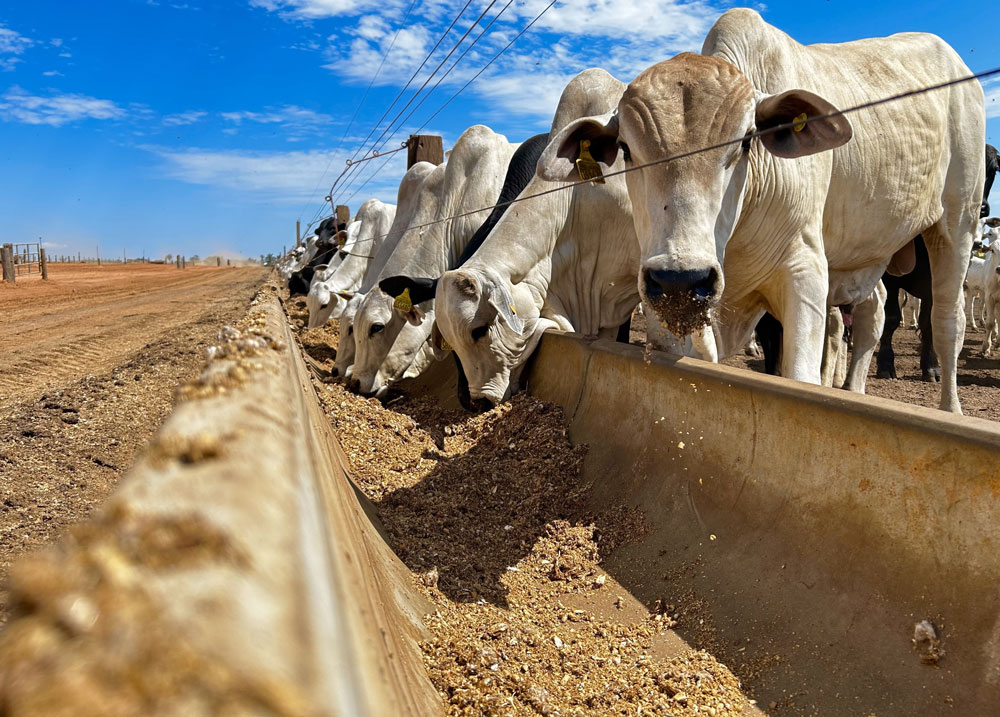
The Federal Government has opened submissions for its first National Bioenergy Feedstock Strategy, a landmark plan to harness the nation’s vast untapped resources – from crop residues and tallow to used cooking oil and organic waste – to fuel the next generation of low-carbon energy.
Bioenergy – including renewable or low carbon liquid fuels (LCLF), low carbon gases and solid biofuels – is a critical factor in Australia’s net zero transition.
The National Bioenergy Feedstock Strategy will establish a coordinated, national direction for the sustainable growth of bioenergy feedstock production, maximising opportunities for agriculture and forestry while remaining complementary to Australia’s ongoing food and fibre security.
The strategy lays the groundwork for a new era of homegrown low-carbon fuels, while providing a platform for stakeholders to explore key issues such as feedstock availability, infrastructure and technology needs, sustainability credentials, and international considerations.
Analysis from ARENA shows these industries could generate more than $10 billion annually, create thousands of regional jobs, strengthen energy security, and accelerate Australia’s net-zero transition.
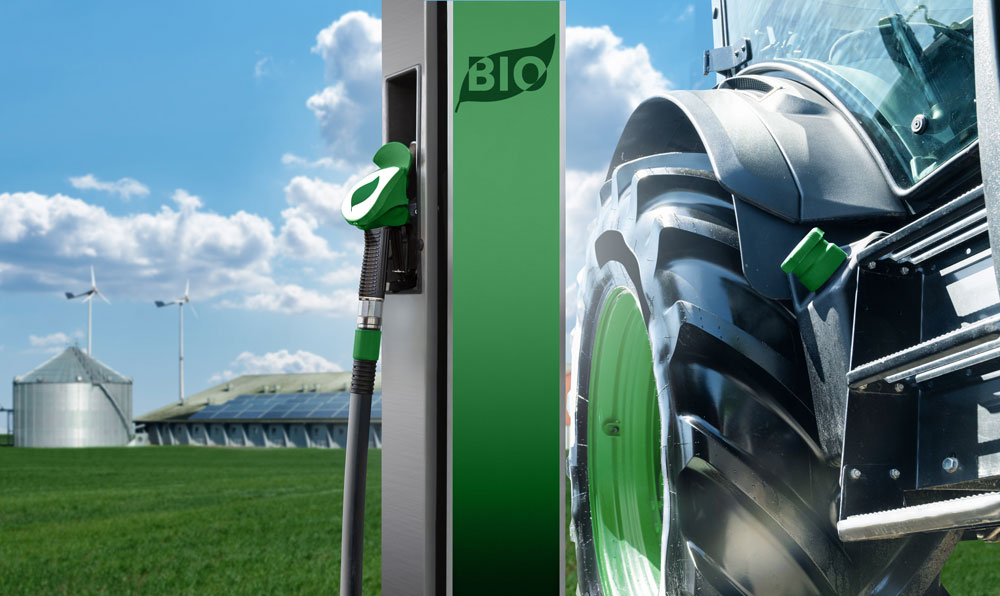
See how on-farm grown low-carbon fuels will work in the future to power farms and drive farm machinery with the release of a bio-fuel tractor from New Holland here.
Bioenergy Australia, the peak national body committed to accelerating Australia’s bio economy and founder of both The Low Carbon Fuels Alliance of Australia and New Zealand (LCFAANZ) and Renewable Gas Alliance (RGA) – that collectively represent more than 450 stakeholders from feedstock suppliers.
These include fuel and gas producers, project developers, customers, researchers and all levels of government – welcomes today’s announcement, and is committed to partnering with government and industry to scale Australia’s low-carbon fuels and renewable gas sectors.
The announcement demonstrates a clear commitment to expanding Australia’s domestic low-carbon fuels and renewable gas industries. It follows the government’s $1.1 billion investment to accelerate low-carbon liquid fuels and the first-ever National Feedstock Roundtable, held in August by Bioenergy Australia and facilitated by Deloitte, with participation from the Department of Agriculture, Fisheries and Forestry.
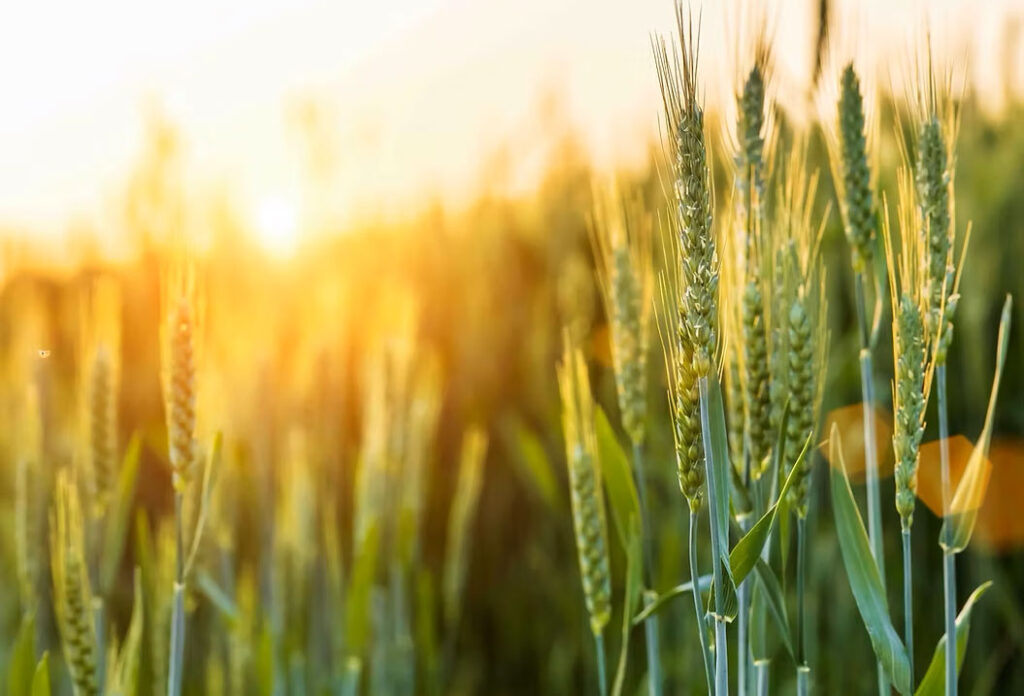
The roundtable brought together more than 50 industry leaders, policymakers, producers, and innovators from across agriculture, waste, energy, and government to help shape this pivotal initiative – a cornerstone of Australia’s low-carbon future.
Role of the LCFAANZ and RGA
Shahana McKenzie, CEO of Bioenergy Australia and founder of the LCFAANZ and RGA, explains how the biofuel change will benefit farmers, “Australia’s low-carbon fuels sector is at a historic turning point. Momentum has never been stronger, and it will only accelerate in the coming months.
“Both the National Bioenergy Feedstock Strategy and National Renewable Gas Policies are designed to oversee how a $1.1 billion government investment is deployed, and industry unites to fuel the next generation of low-carbon fuels.
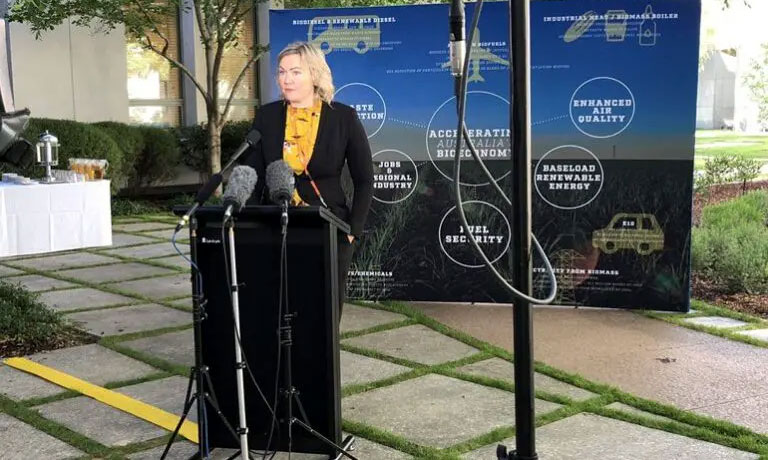
“Together, this transformative activity demonstrates a clear signal to global investors that Australia is open for business in low-carbon fuels, driving innovation, jobs, and practical solutions for our net-zero future.”
“Today’s opening of Australia’s first National Feedstock Strategy marks a game-changing moment. By unlocking the nation’s abundant feedstock resources, this strategy will create a clear pathway for homegrown low carbon fuels to deliver thousands of regional jobs, strengthen energy security, and generate over $10 billion annually.
“With COP31 on the horizon, Australia is ready to lead in low-carbon innovation, turning ambition into practical, scalable solutions for agriculture, transport, industry, and energy.
“With our vast agricultural and industrial base, CSIRO reports that by 2026 Australia will have enough feedstock to replace 60% of local jet fuel with SAF, growing to 90% by 2050.
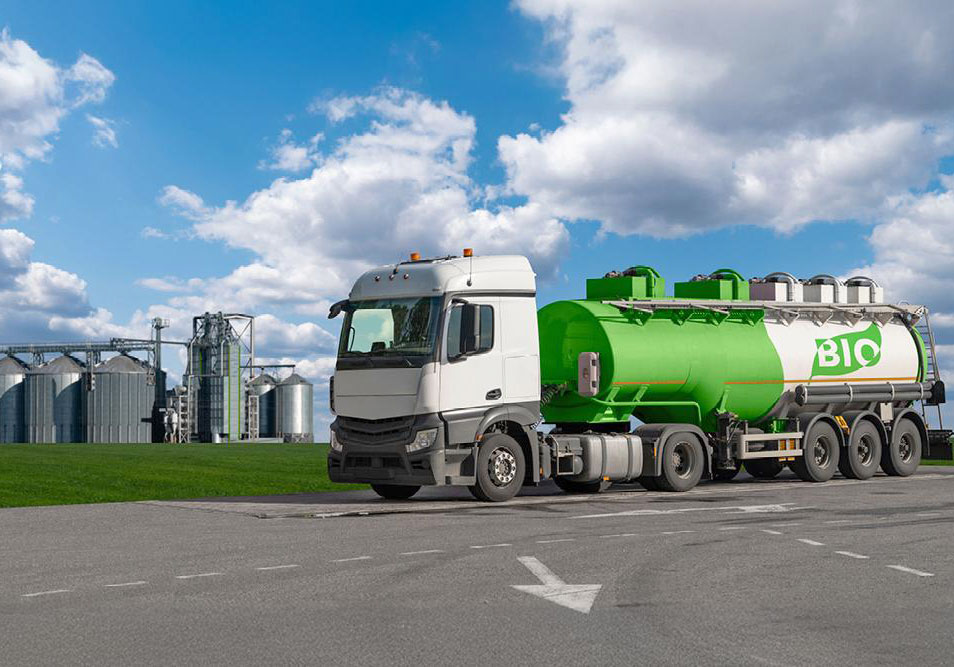
“The LCFAANZ and RGA look forward to working with the Department of Agriculture, Fisheries and Forestry on the deployment of this strategy, and advancing a collaborative, cross-sector effort for Australia’s feedstock future,” Shahana McKenzie concluded.
The National Bioenergy Feedstock Strategy aims to guide a coordinated approach to developing our domestic feedstock industry including:
- Maximising opportunities for agriculture and forestry, while ensuring bioenergy feedstock production continues to complement food and fibre production.
- Building on the National Interest Framework of the Future Made in Australia plan, the Future Made in Australia Innovation Fund, the Guarantee of Origin (GO) Scheme and the Sustainable Aviation Fuel Funding Initiative
Submissions are open until 5 pm (AEDT) Friday 7 November 2025.
To help Australians and industry better understand the role of low carbon liquid fuels, Bioenergy Australia has launched a new website, www.cleanfuels.org.au, providing clear, accessible information on how these fuels work, their benefits, and their role in achieving a net-zero future.

About the LCFAANZ
The Low Carbon Fuels Alliance of Australia and New Zealand (LCFAANZ) acts as a collaborative platform to advance low carbon fuel production, policy, education, and marketing across Australia and New Zealand, with the goal of building a commercially viable industry. The LCFAANZ supports the development of a variety of low-carbon liquid fuels, including Sustainable Aviation Fuel (SAF), renewable diesel, biodiesel, biomethanol, and ethanol.
About the Renewable Gas Alliance
The Renewable Gas Alliance aims to create a collaborative environment to drive a higher level of understanding, uptake and engagement relating to the renewable gas opportunities in Australia. Whilst we acknowledge there are other forms of renewable gas, the focus of this Alliance is Renewable Natural Gas (RNG), also known as Biomethane.
Bioenergy Australia is the national industry association committed to accelerating Australia’s bio economy. Through targeted advocacy, campaigns, education, industry building and allied sector engagement, we’re:
- Enabling decarbonisation of Australia’s hard to abate sectors
- Enhancing energy security, supply and supporting the transition of Australia’s energy system
- Growing Australia’s economy and providing jobs and economic development including for regional Australia
Enabling the development of Australia’s circular economy



